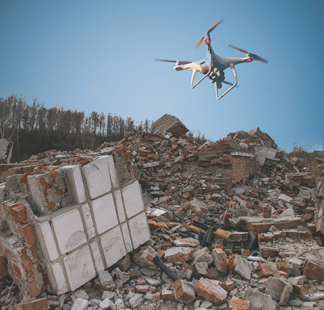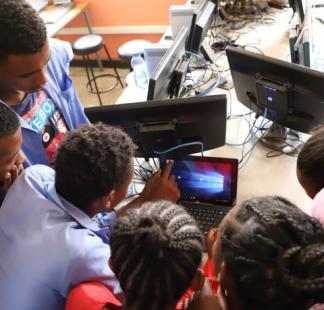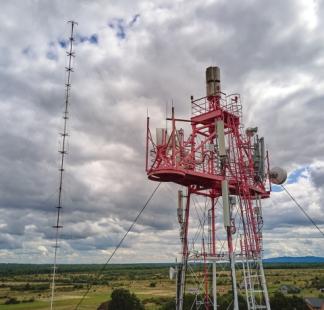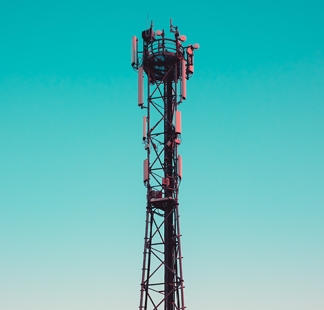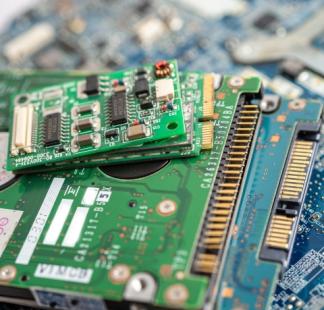- Anamaria Meshkurti
Description
This course will focus on Future Broadband: Ultra-broadband Internet, Clouds, IoT and Artificial Intelligence, including technologies, regulation and business aspects. It will cover Internet technologies, including IPv6, DNS, DHCP, IPv4 to IPv6 transition, HTTP 2.0, IPX, IP QoS, Cybersecurity, as well as Internet governance. Also, it will include future ultra-broadband Internet access, including future metallic access (MGfast), future optical access (XG-PON, NG-PON2, DWDM), Carrier Ethernet, optical transport network and MPLS/VPN, SDN/NFV and network slicing for fixed and mobile, Submarine cable, Satellite broadband access, as well as future broadband business and regulatory aspects. Further, it will cover ITU's Cloud Computing, future OTT and telecom clouds (cloud-native PaaS, microservices, Machine Learning as a Service, Blockchain as a Service), clouds security and privacy, ITU's Internet of Things (IoT) and Web of Things (WoT), Data management and Big Data architecture, IoT/BigData security and trust, uses of Artificial Intelligence (AI)/ Machine Learning (ML) for Internet and telecoms, as well as governance of clouds, IoT and AI. Finally, the course will also include future ultra-broadband telecom services, future OTT services (OTT voice, OTT video and AR/VR/XR, Web 3.0), tactile Internet, Industry 4.0 and
